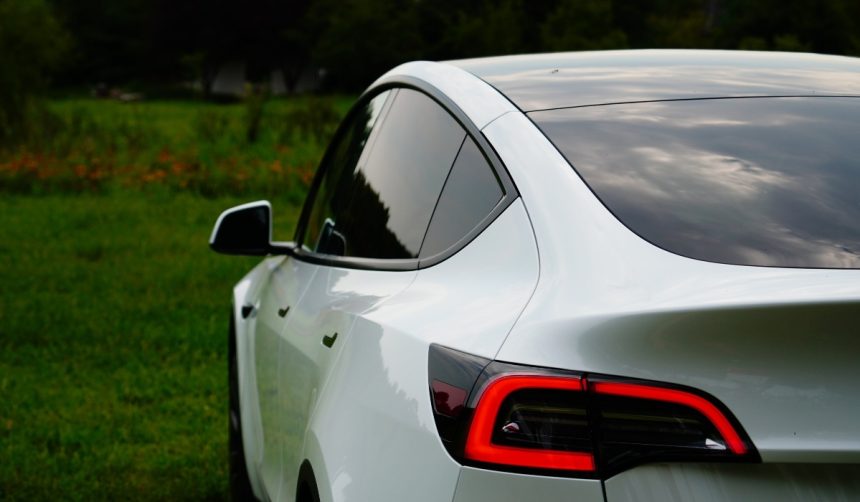Tesla’s upcoming launch of its Robotaxi service represents a milestone in autonomous vehicle deployment, as public participation is scheduled to begin soon in Austin. For now, access will be limited to individuals selected via an invitation system, with broader availability later. The move has intensified discussions around autonomous ride hailing, especially regarding regulatory compliance and safety as essential considerations for expansion in urban settings. Austin’s dense traffic patterns, combined with local regulatory frameworks, will provide a proving ground for Tesla’s Full Self-Driving (FSD) capabilities. Industry observers are keen to see whether Tesla’s approach will influence similar services elsewhere in the country or globally, shaping the evolving landscape of driverless transport.
Earlier information about Tesla’s autonomous vehicle ventures, including the FSD Beta program, demonstrated a gradual introduction with drivers present behind the wheel, even in test scenarios. Public demonstrations had previously focused more on controlled environments or Tesla employee trials, especially in California. The latest steps in Austin, particularly the decision to allow passengers in the front seat with no safety driver present, contrast with the company’s more reserved strategies from the past, reflecting a shift toward engaging with real-world operations while maintaining a cautious pace.
Why Is Tesla Restricting Initial Robotaxi Access?
Initial rides with the Tesla Robotaxi will be extended only to individuals receiving invitations directly from the company. This selective process is attributed primarily to a cautious approach, as Tesla underscores safety as a core concern during this early deployment phase. Officials have explained this phased rollout is designed to address any unexpected issues in a manageable environment, while closely monitoring system performance and user feedback.
How Will the Service Expand to the General Public?
Tesla CEO Elon Musk confirmed a tentative date when Austin residents can expect expanded Robotaxi access: June 22. At that point, the service is slated to become available to the broader public, pending satisfactory results from the initial rollout phase. As Musk noted,
“Safety remains the ultimate priority for Tesla with this cautious rollout.”
The company expects this conservative ramp-up to build confidence in the technology before any significant scaling.
What Are the Safety Features and Limitations of Tesla Robotaxi?
Even as Robotaxi vehicles demonstrate autonomous capabilities, Tesla’s Full Self-Driving system still fundamentally requires users to remain attentive in traditional scenarios. The latest public demonstrations, such as the recent sighting in Austin, indicate a shift toward allowing truly driverless rides with only a passenger on board. However, ongoing monitoring and safety assurances remain central to Tesla’s deployment, particularly in these early urban integrations.
The deliberate strategy in Austin highlights a notable contrast to earlier autonomous ride-hailing pilots by other companies, which have typically involved more gradual geographic expansions and longer test periods before public engagement. Tesla’s staged approach, starting with invitation-only rides and expanding quickly if initial runs succeed, carries potential implications for the rollout of autonomous vehicles in other regulated U.S. cities. Industry analysts are watching for key indicators, such as incident response and passenger experience, to gauge the viability and public acceptance of wholly driverless services.
Those following the evolution of the Tesla Robotaxi platform can benefit from observing how regulatory bodies and passengers respond in Austin. While safety and regulatory hurdles can slow deployment, they also reinforce robust operational norms. Prospective users should monitor official Tesla updates and local guidance, as future expansion to other regions will likely mirror the Austin model if successful. Understanding operational boundaries, ride-request protocols, and safety responsibilities remains crucial for anyone interested in autonomous ride-sharing. Objective tracking of incident logs and transparency in reporting will be vital to building long-term public trust.
- Tesla’s Robotaxi rides debut in Austin with an invitation-only phase.
- Wider public access is planned for June 22, pending initial results.
- Safety oversight and cautious release guide Robotaxi’s phased rollout strategy.










